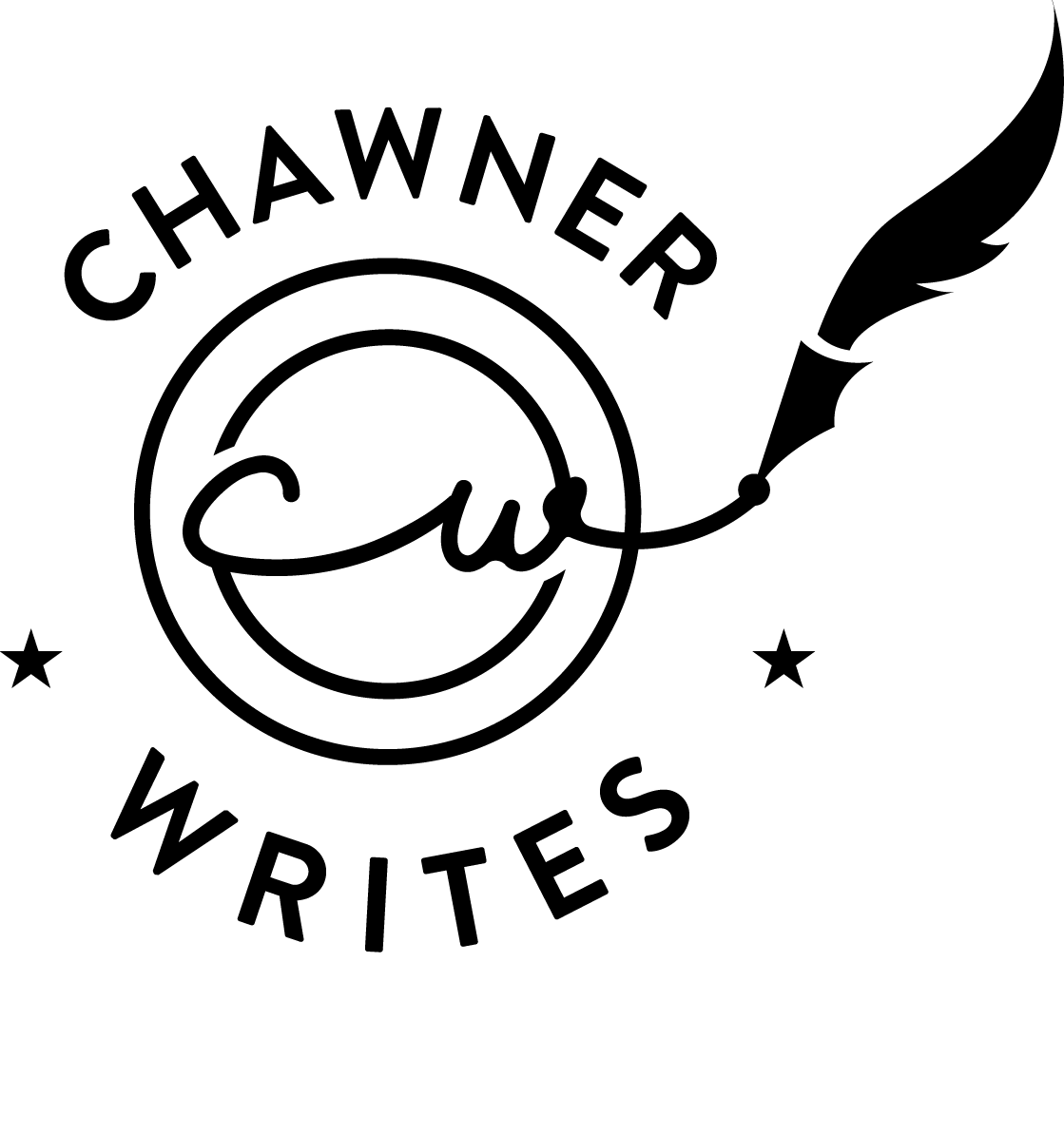
Careful readers of chawner.net have noticed repeated mentions of Neil Gaiman and his work. I was late to the party; I never read, watched or listened to his work until recently. About a year ago, I read Oceans at the End of the Lane and was blown away, a masterclass in story telling, mood, scene, etc. Reading Oceans while struggling with my first try at magical realism totally changed the way I wanted to write that story (so much so it’s still not done). His ability to create a feeling and pick just the right level of narrative voice blows me away.
I also read Neverwhere, American Gods, Anansi Boys and a few graphic novels; primarily because they are marvelous stories, but also to absorb what I could. He teaches a Masterclass, which I recently purchased. I went through the videos and loved them; now I’m re-watching them and churning through the workbooks – synopses of the lesson, supplemental reading, writing exercises and ways to work the lessons into your WIP.
Neil covers a wide range of topics. I’ve found his instruction on characters and dialogue the most useful. When I create stories I default to character and situation. A young woman who’s business is threatened by her old boss. A health inspector who discovers his boss is involved in a conspiracy in post-meltdown NYC. An IT employee whose company is hacked. But I don’t think in terms of the character’s wants, needs and agendas.
Neil drives home the focus on characters. Yes, I’ve read this a dozen times from other authors, but these workshops make the case clear. What does the character want? What does the character need… these are probably not the same. In fact, they may be in direct opposition. And playing out how the character gets what they need, while striving for what they want, is the heart of conflict. Before, I thought too much about external forces providing the conflict. These exercises helped me focus on the internal. My most recent works, The Valley and Mag’s Hotel (working title) developed as character’s journeys. Progress.
Another of Neil’s lessons is treating the characters badly. This isn’t unique (treat you characters badly quote), but his questions enforce the idea beautifully. In one exercise, he asks (based on the character’s wants and needs) what’s the worst thing that can happen. Then, what could be even worse? I’ll never write without working through these questions in advance, even for minor characters.
I also learned about through lines. Basically, a through line maps each incident where your character’s desires or wants are met, thwarted or challenged. And the progression should be logical and inform the progress of the character. Excellent.
To close out characters, he discusses how the wants and needs of the protagonist and antagonist should be in direct conflict. Sure, I learned this in elementary school and wrote this unconsciously into my stories to date. But it wasn’t front of mind, wasn’t driving the story or the dialogue.
Neil’s class has over twenty lessons; we only touched on a few here. I also found his discussion on giving your characters funny hats and writing economy very useful. I’m looking forward to finishing the series and adding what I learned into my next piece.
